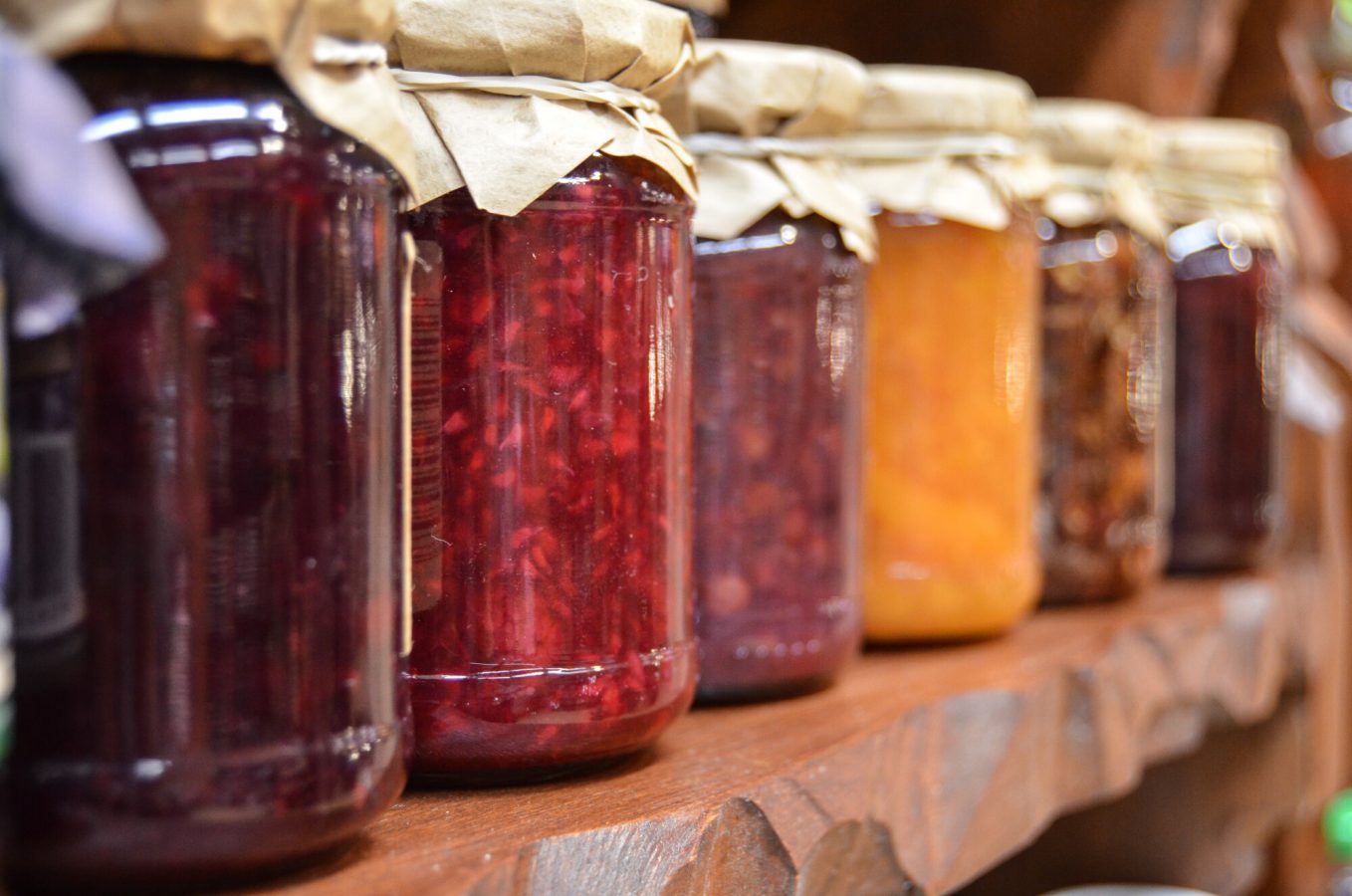How to Choose Between Glass and Plastic Jars
If you need packaging services for your business, you’re faced with an important decision that can affect the budget, quality, and even sales of your product. Should you use glass or plastic for your packaging?
In terms of which is more commonly used, the clear answer is plastic, with over 14.5 million tons being used for packaging every year. However, that doesn’t mean it’s better than glass. There are many other factors to consider for your business. Let’s talk about whether glass or plastic jars are right for your company’s needs.
Price Comparison
I think we all know the answer to this one. Almost everything from sodas to food items came in glass jars until a cheaper option came along. While glass is slightly more expensive, people do associate glass materials with quality, so investing in glass for your packaging can show up in the form of a higher ROI.
We see plastic packaging everywhere, so when we see something in glass as a consumer, we tend to think that it stands out among other products. However, if you’re a small business starting out with a smaller budget, there is no debating it. Plastic containers are simply more affordable than glass.
The winner? Plastic. The entire reason plastic grew in popularity was the affordability of the manufacturing and distribution and the fact that they don’t just shatter in the factory. This lowers manufacturing costs and ensures that quality is uniform.
Quality
This is a tough one to talk about, as both materials have completely different strengths and weaknesses that make it similar to comparing apples and oranges. It really comes down to how you define quality.
If your definition is durability and longevity, then the answer is plastic. Plastic doesn’t pose a risk of shattering, and if it’s a thick enough plastic container, you can drop it from pretty much any height without any damage. Also, the biggest complaint people typically have about plastic is that it lasts too long.
If you define quality as retaining its shape and having a totally neutral effect on the contents of the packaging, then glass is the answer. We’ve all experienced that taste that comes with drinking a water bottle that’s been sitting in a hot car, and we’ve all smelled melted plastic before. Glass will have no effect on the inside contents, and will retain its shape as long as it isn’t dropped!
The winner? It’s a tie. Both have their strengths and weaknesses, and both are better for certain products, making it difficult to pick a clear winner.
Environment
It’s hard to talk about any type of packaging material without mentioning the elephant in the room. Customers are starting to show a trend in preferring alternatives to plastic. In fact, over 80% of consumers prefer glass packaging to plastic, and most believe it is a safer choice for a drinking material.
This means that if you’re using liquids like essential oils, vape liquids, iced teas, sodas, or anything else containing a liquid that will be ingested, your target audience will prefer glass for safety and environmental reasons.
That’s not to say plastic doesn’t have its place in the hearts of consumers. Are they going to pull out their glass wrap to cover their dish? No.
People may desire to move away from plastic in products like water bottles, as this creates excess waste that is used up in a matter of minutes. However, if it’s something like a vitamin or makeup container, not only do they last longer for each use, but the plastic is more than strong enough to be reused or recycled. Are you going to use a glass deodorant container every time?
The winner? Glass jars. All of the “zero waste” stores and households are in love with the Ball Mason jars for a reason. Environmentalists and others will be drawn to use products with glass more than plastic.
When To Use Them
It really comes down to what you’re selling. The best packaging for skincare products is a toss-up. Glass will make it look higher quality, but people who travel a lot may prefer plastic to avoid breaking the container. Let’s give a few different examples.
If you’re packaging drinks, plastic will be a cheaper option to start building revenue, but certain consumers may actively seek out your product for using glass packaging instead.
If you’re packaging vitamins, you may want to use plastic. It’s the industry standard, it’s durable, it’s recyclable, and they aren’t used too quickly to pose a risk to the environment.
Peanut butter, jelly, honey, or jams will look more authentic from a glass jar, but plastic works all the same. You can even check out your competition to see what they’re doing. Maybe switching to glass will help your company stand out.
Every product is bound to have different needs. Check out our packaging 101 information so you know what might be best for your specific products.
Glass Jars vs Plastic Jars: The Verdict
Both materials certainly have their place in the packaging industry. Plastic jars are cheaper, they don’t shatter, and they are able to be recycled. However, if it’s a drinking material, liquid container, or a quick-use item, consumers do prefer glass.
Depending on the nature of your company, you have to choose what makes sense for your budget and consumer preference. Stay up to date with our latest packaging news, and check out our core values as a packaging company!

